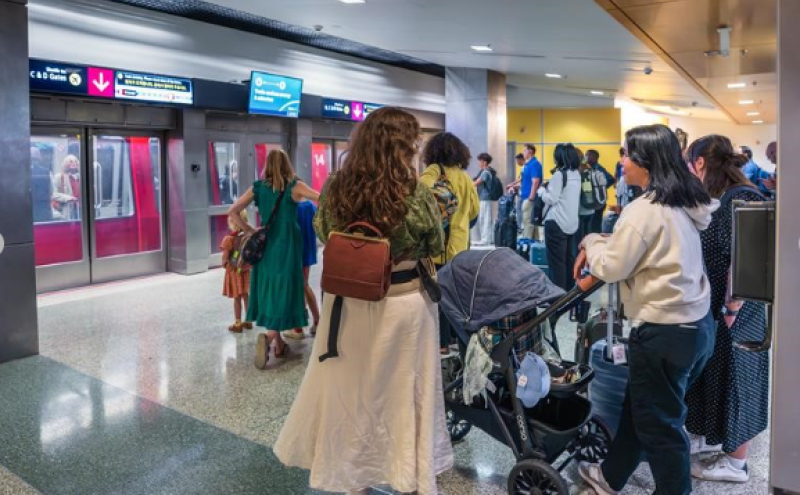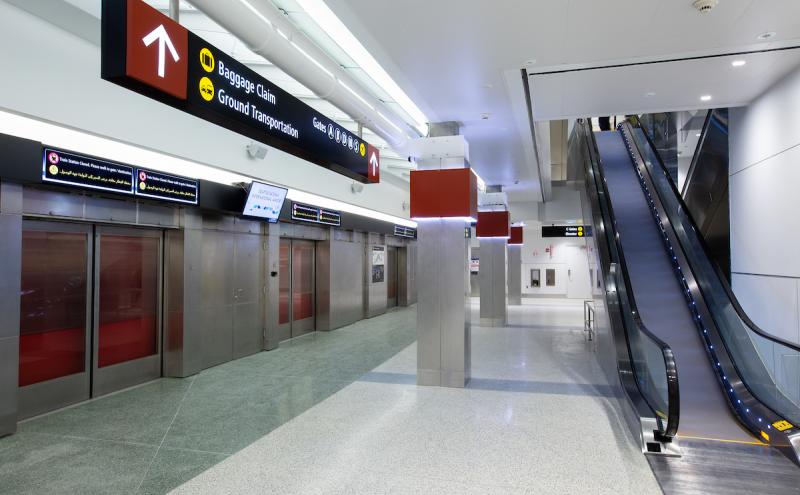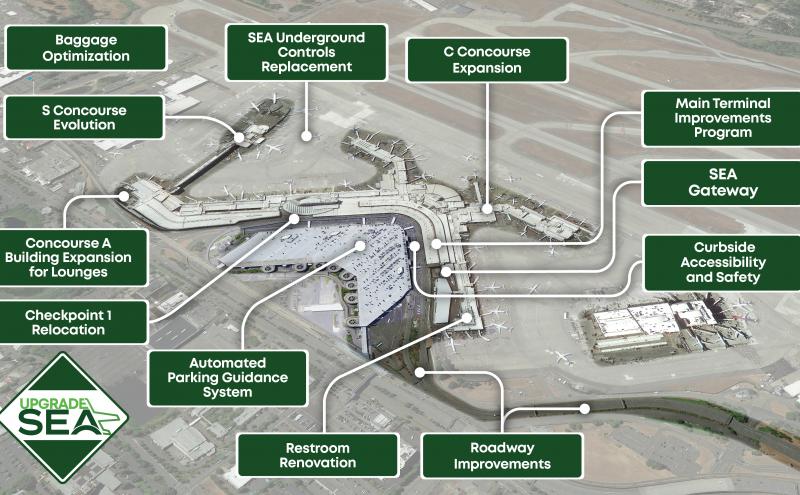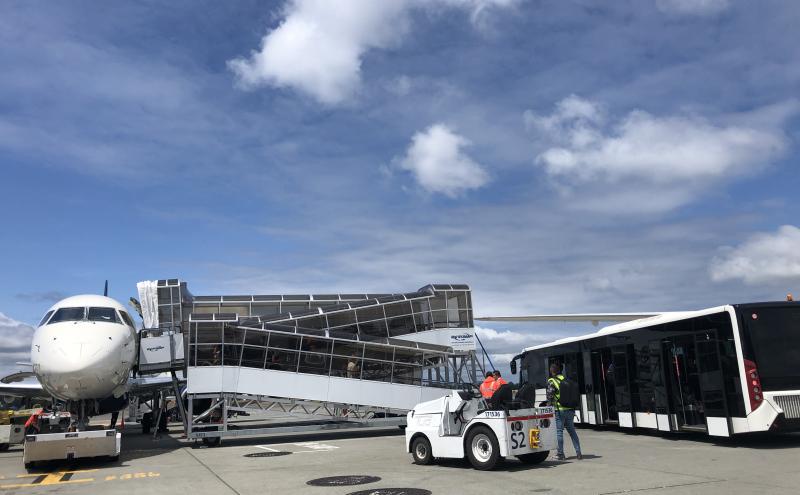
Originally published in 2019; updated August 15, 2024
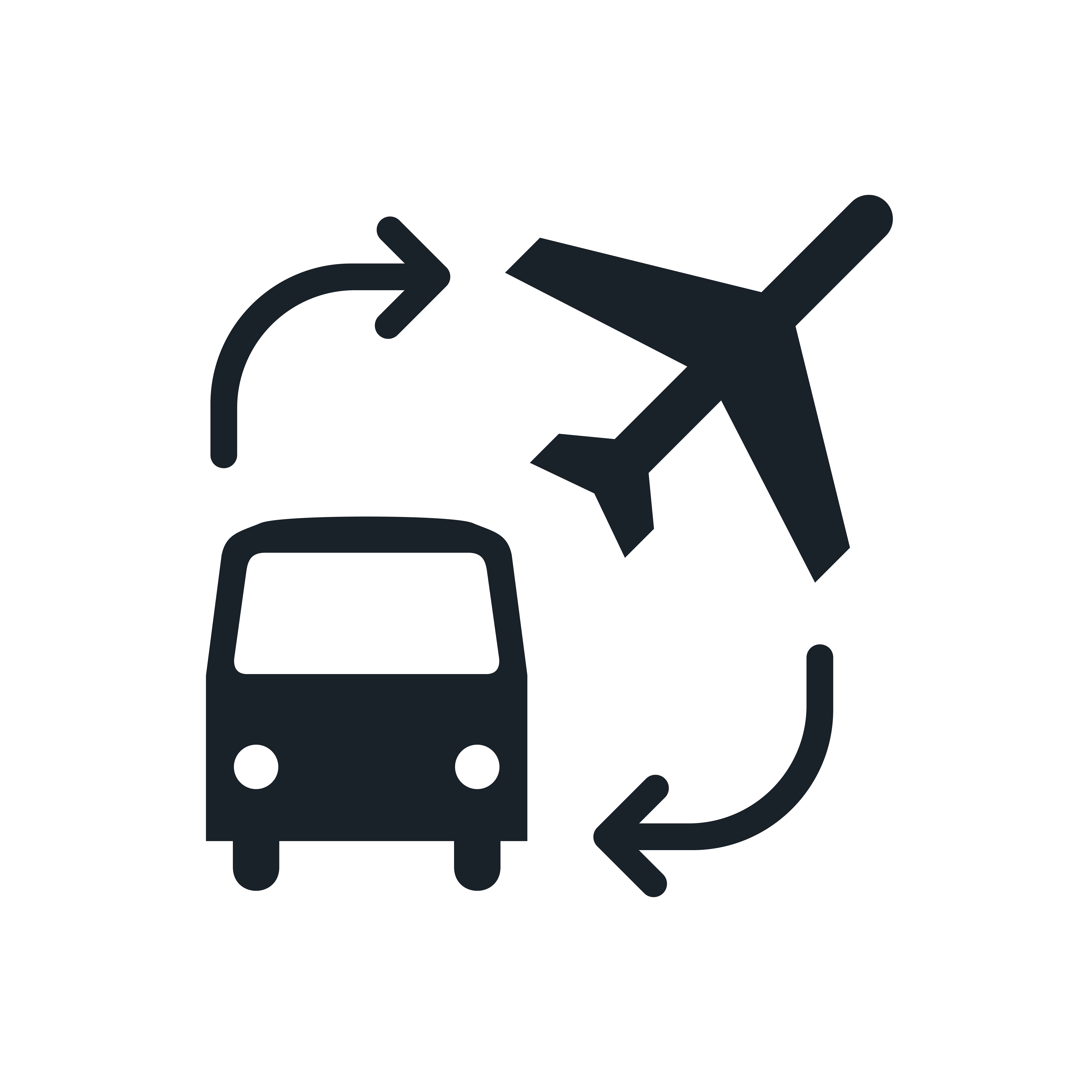 You’ve probably already noticed that Seattle-Tacoma International Airport (SEA) is one of the busiest airports in the country (with one of the smallest footprints) and to keep things moving, taking a bus to get to your plane has become a standard part of the journey.
You’ve probably already noticed that Seattle-Tacoma International Airport (SEA) is one of the busiest airports in the country (with one of the smallest footprints) and to keep things moving, taking a bus to get to your plane has become a standard part of the journey.
Bus boarding is a way to get you on and off your plane faster during peak times when gate space is at a premium.
What is bus boarding?
Bus boarding is a great way to prevent delays and missed connections and help you avoid sitting on the plane longer than necessary. When gate space is limited, the bus will take you across the airfield to your plane instead of having you wait on the plane until a gate is available. Or a bus can transport you between the N and S Concourses when the SEA Underground train is being maintained or has unexpected service interruptions.
The two types of bus boarding
SEA has one of the smallest footprints of any U.S. Airport which means gate space is at a premium. Bus boarding is a creative option to reduce your wait times and keep planes moving. There are two types of operations — ground boarding and over-the-ramp bussing.
Ground boarding
During ground boarding, your airplane parks away from the gate and you are bussed to or from the plane. Busses connect you to the terminal through designated ground boarding gates. This operation is primarily used during peak periods when there are not enough gates available for all the flights airlines have scheduled.
Benefits of ground boarding:
- Less waiting! Instead of waiting on the plane for a gate to become available, you’ll be able to deplane, hop on a bus, get dropped off at the terminal It’s also a cool view of the busy airfield with planes coming and going
- Less impact on flight schedules! Delays happen, but ground boarding reduces the impact of those delays for everyone by eliminating the wait for a gate during busy periods
- Lower emissions! Fewer planes idling on the airfield waiting for an available gate reduces emissions
Over-the-ramp bussing
SEA Airport has two satellite concourses (N and S) detached from the main terminal that are only accessible by train … or bus. Normally, you’ll use the SEA Underground train system to get to the N and S Concourses. In the event of an unexpected train outage, maintenance, or construction, SEA switches to over-the-ramp bussing to connect you to either of those satellite concourses.
While the SEA Underground train system operates regularly 99.95% of the time, shutdowns or interruptions can still occur and that’s when the over-the-ramp bussing kicks in. You’ll use a designated gate to board a bus that will drive across the airfield to access the N or S Concourses.
Over-the-ramp bussing is used more as the airport continues to grow and the technology operating the train system is being updated. The SEA Underground Controls Replacement project will upgrade the train controls and systems software. To complete this work, closures will happen intermittently overnight over the next few years. On nights when a train loop must be closed for construction, busses will be used to access the satellite concourses. Whether by train or by bus, you will still get to your gate safely and efficiently.
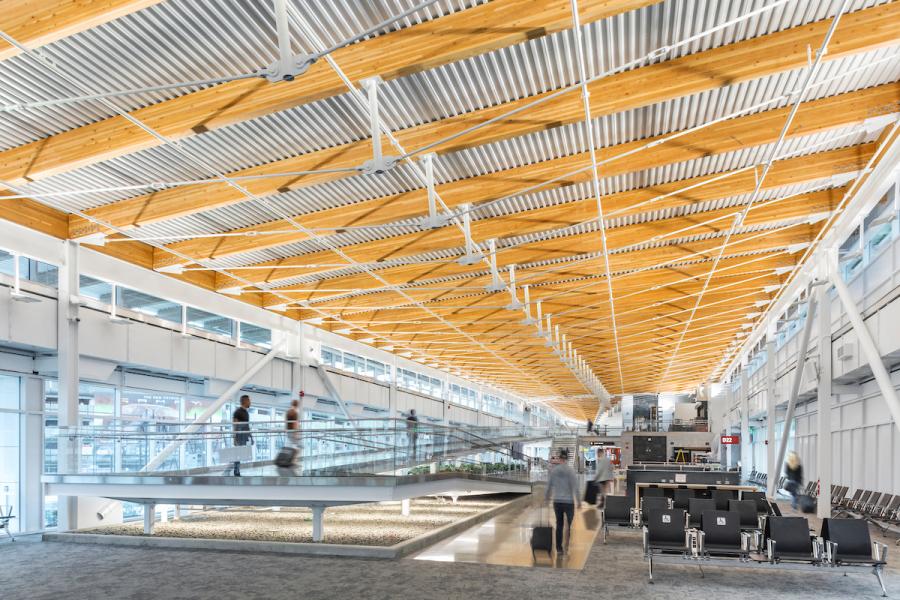
Making the best of the bus boarding experience
The good news is that the two-story D Annex across from Gate D5 is the ultimate bus stop — a spacious, beautiful, and new facility built specifically for bus boarding. The D Annex has:
- Six gates (D21-26)
- Dining and retail options
- Lots of seating
- Electric charging stations
- Children’s play area
- Free airport WiFi
- Restrooms
- Nursing suite
If your bus doesn’t end up at the D Annex, you might find yourself at one of the other locations around the terminal. Look for the bus boarding icon on the interactive map.
As a bonus, bus boarding offers a behind-the-scenes, VIP experience with an insider view of what happens at the airport. Don’t worry — if you don’t catch the first bus, there will be another one right behind it to keep everyone moving.
Do I need to do anything different for bus boarding?
Your patience and understanding goes a long way. Airport staff will direct you through each gate and on to the buses. If you need wheelchair assistance, please talk with your airline and flight crew. It’s best to request assistance in advance, but airline staff are always happy to help.
